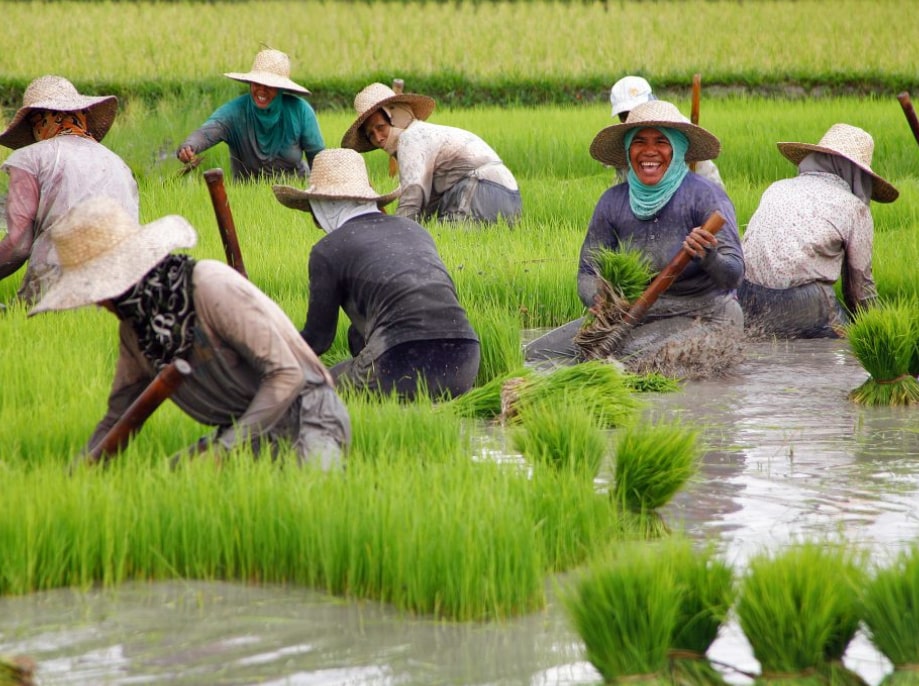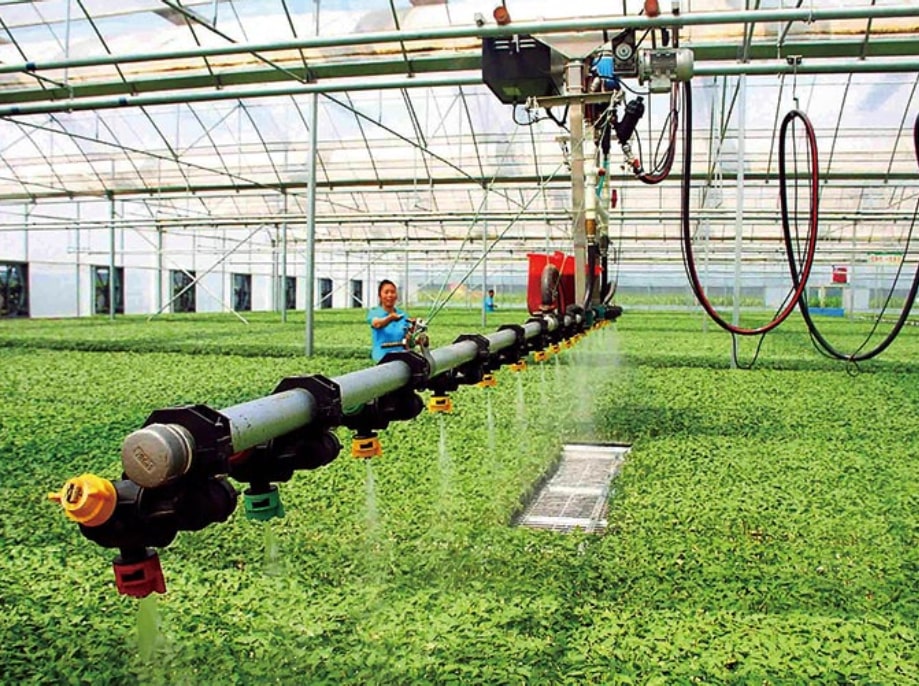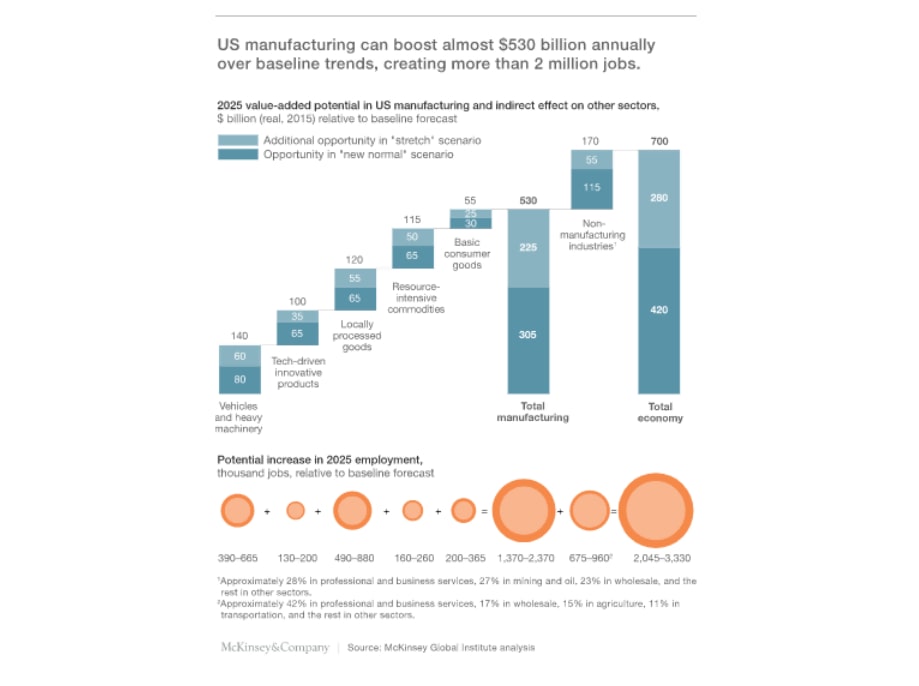
In 2019, the Philippines ranked as the 33nd largest export destination for U.S. products and the 29th largest source of U.S merchandise imports.
What does the US wholesalers import from the Philippines?
U.S. total imports of agricultural products from Philippines totaled $924 million in 2019. Top categories include: tropical oils ($353 million), processed fruit & vegetables ($165 million), fruit & vegetable juices ($112 million), tree nuts ($92 million), and raw beet & cane sugar ($36 million).
The food industry in the Philippines relies on the agriculture sector (agricultural crops, fish, macaque) which employs about 29% of the workforce and accounts for about 10% of GDP. Pineapple, tobacco, and coffee the fishery sector is also an important component of the agricultural industry, with the Philippines being one of the world's largest producers of fishery products.
The Philippines is the 8th largest rice producer in the world after Myanmar with a production of 11.5 million tons.
Here are the top four import categories for Wholesale food products from the Philippines:
1. Frozen Fish Products - The State of 7,107 is one of the world's largest fish product manufacturers. About a quarter of the fishery originates in aquaculture. More than a million and a half residents are engaged in the fishery and related industries, and global exports exceed $1 billion.
2. Processed or canned pineapple - The Philippines is the second-largest producer of processed pineapple products, after Thailand, where most of the production is made by international companies. These products include canned pineapple, concentrate, juices, dried pineapple and more.
3. Whole tuna fish - The fishery industry in the Philippines is very developed and responsible for a significant share of exports. The area is known as the Coral Triangle, the common maritime territory of the Philippines, Indonesia, Malaysia and more, is a major focus of tuna fisheries and a major source of the global tuna industry. Fishing for tuna fish in the Philippines is usually done using traditional methods.
4. Fresh or Dried Coconut - The Philippines is Indonesia's second-largest coconut producer responsible for the production of over 15 million tons. Coconut growth is spread across the various provinces in the Philippines and is mainly made in small to medium-sized economies.
Sources:
- Food and Agriculture Organization of the United Nations
- Department of Trade and Industry and Board of Investments
- World Bank





